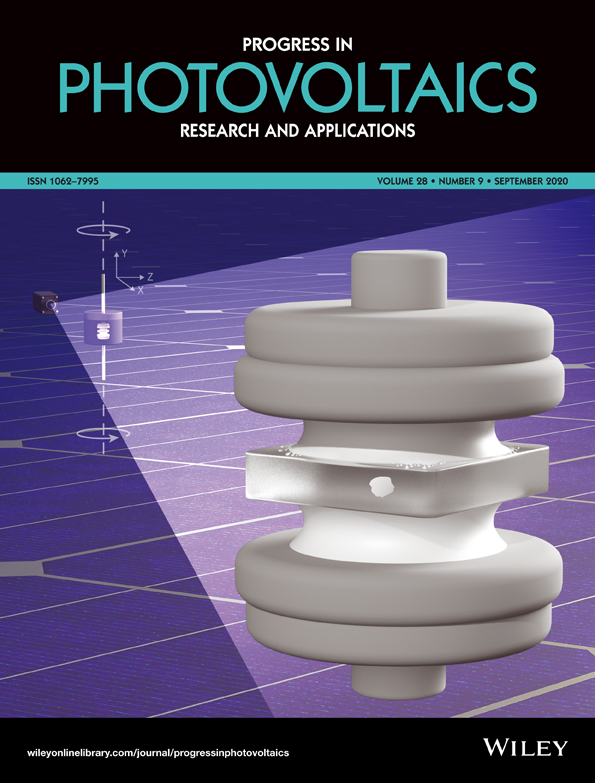Failure analysis of field-failed bypass diodes
Chuanxiao Xiao and Peter Hacke contributed equally to this work.
Abstract
Defective bypass diodes are often found as the largest factor leading to power loss in solar modules. Here, we report on failure mechanisms by investigating shunted bypass diodes from a rooftop installation, using a combination of multiple characterizations including current–voltage analysis, thermal-runaway testing, X-ray computed tomography, lock-in thermography, focused ion-beam cross-section imaging, chemical decapsulation, optical microscopy, and scanning electron microscopy with energy-dispersive X-ray spectroscopy. Differing from static discharge typically associated with lightning strikes on modules, we found diode failure by the mechanism of thermal damage under continuous, long-term overstress in forward bias. Our conclusion is based on evidence of energy dissipated—the small to medium extent of melt-through on the Schottky diode face. The diode failure shows distortions or roughening of the Schottky diode metal-semiconductor interface with the die attach, and some failures are accompanied by die-attach solder melting. We propose that nonuniform irradiance on the modules caused diode shunting due to extended periods of heat dissipation in the modules, because modules in this string were placed in two different orientations. In contrast, a second parallel module string of the same module type on the same rooftop with a unique plane of array did not show any diode failures. The thermal damage failure of melt-through was caused by the long-term current generated by overstressing of diodes that may have had crystalline and impurity defects.




